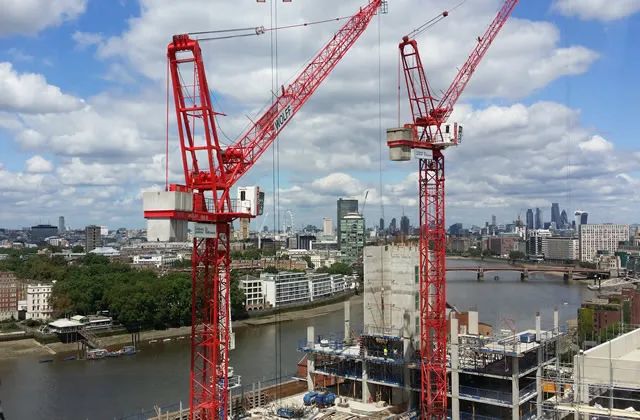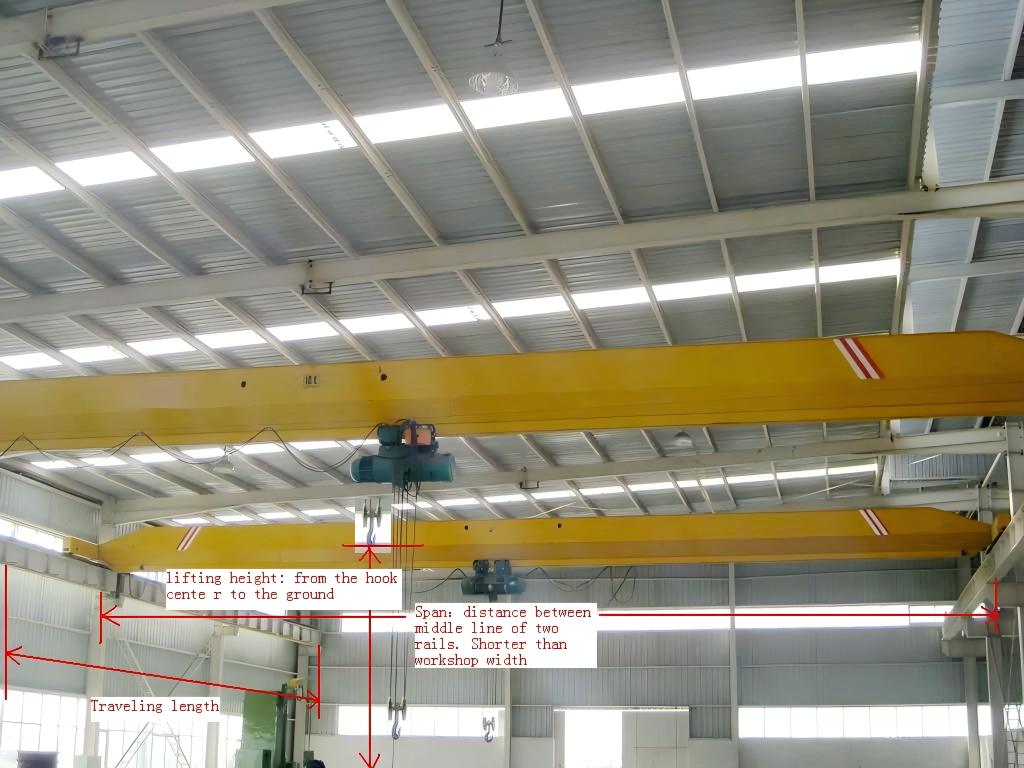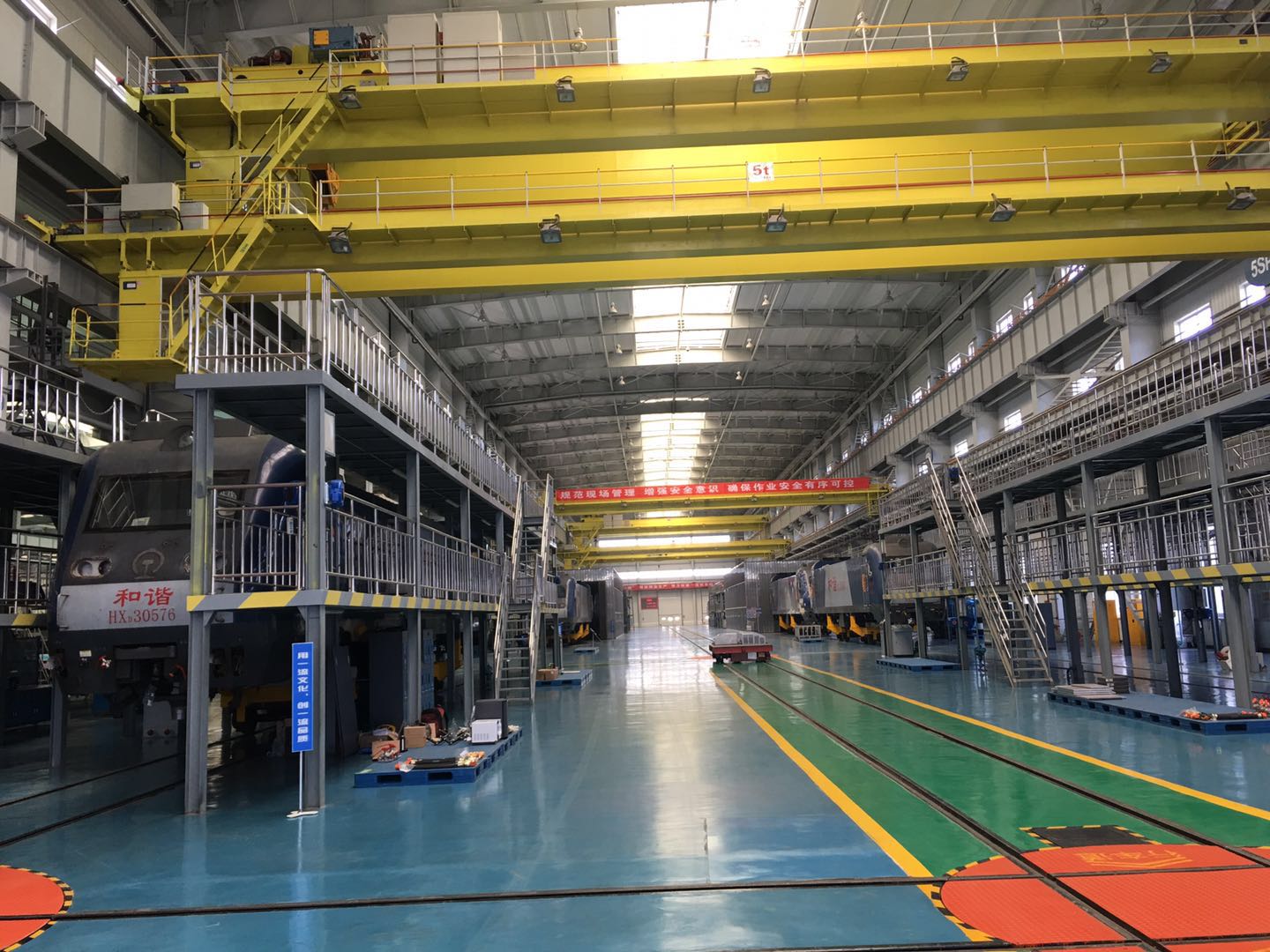How to choose a crane? How to choose the type and model of crane?
Selection of crane models
1. For material loading and unloading, sporadic lifting and construction work that requires rapid access to the site, it is more appropriate to choose a truck crane. It is more advantageous to use a hydraulic truck crane with retractable boom and legs,for operations that require the telescopic boom to be extended into windows or openings, a hydraulic truck crane is the most ideal lifting machinery.
2. When the lifting project requires a large lifting weight, a high installation height, and a large amplitude change, crawler or tire cranes can be selected according to the existing machinery. If the ground is soft and the driving conditions are poor, a crawler crane is most suitable,if the ground within the operating range is not allowed to be damaged, a tire crane is best.
3. When construction conditions limit the crane to travel with a heavy load (travel with a heavy load is dangerous. If it is necessary to operate, the load should comply with the specifications of the machine's instruction manual. Crawler or tire cranes can be selected. Tire cranes have better maneuverability, crawler cranes have higher stability when traveling with heavy loads.
4. For specialized operations, professional lifting machinery should be used as much as possible. For example, for short-distance transportation of small quantities of goods, a truck crane (YD type) can be used. Originally, two machines were required for lifting and transportation, but now it can be completed by one machine.
5. Try to choose multi-purpose, efficient and energy-saving crane products. For example, when a construction site requires both self-lifting and tower cranes, a self-propelled tower crane with lifting should be selected to save the number of machines invested.

Crane model selection
According to the lifting capacity and lifting height, taking into account other conditions on site, the appropriate specifications can be found from the sample or technical performance table of the mobile crane. Since the larger the maximum lifting capacity of the crane, the more difficult it is to give full play to its various performances in the lifting project, and the lower the utilization rate, therefore, as long as the lifting technical requirements can be met, it is not necessary to choose an oversized model. It must be pointed out that the nominal lifting capacity of the crane is the lifting capacity allowed when the boom is shortest and the amplitude is smallest; when the boom is extended and the amplitude increases, the lifting capacity decreases accordingly, and its value can be obtained from the crane's working performance data. When the tire crane cannot use the outrigger, the lifting capacity should be calculated according to the specified performance or as specified in the instruction manual (generally less than 25% of the lifting capacity of the outrigger). If the crane is hoisted and driven on a flat and hard road, the lifting capacity should be 75% of the rated capacity when the outrigger is not used to ensure safe operation. If the lifting capacity of a single crane cannot meet the requirements, two cranes can be selected for lifting construction,to ensure construction safety, the weight of the hoisting components shall not exceed 80% of the total lifting capacity of the two cranes.

How to choose crane type and model
Selection of crane type
The type of crane should be selected by comprehensively considering the following points:
1. The span, height, component weight and lifting quantity of the structure.
2. Construction site conditions.
3. The existing lifting equipment conditions of the enterprise and the region; 4. Construction period requirements,5. Construction cost requirements. In general, crawler cranes are suitable for ordinary single-layer prefabricated structures with large lifting quantities, because crawler cranes do not have high requirements for the road surface, are easy to change and travel, and can travel under load. Truck cranes are less destructive to the road surface, and are quick and convenient to travel to the lifting site. They are suitable for lifting prefabricated structures located in urban areas or with small engineering quantities. For lifting projects located in remote areas, or with long distances or poor road conditions, simple lifting machinery such as single-leg pull-out poles or herringbone pull-out poles, mast cranes, etc. are used, which can often start work early, meet progress requirements, and have low costs. For multi-layer prefabricated structures, due to the high installation height of the upper components, large-lifting crawler cranes or ordinary tower cranes (track-type or fixed) are often used. For high-rise or super-high-rise prefabricated structures, an attached tower crane or an internal climbing tower crane is required. The advantages of an internal climbing tower crane are that it is light in weight and does not increase the height of the tower body as the building height increases. The machinery is mostly installed in the center of the structure, and the components to be hoisted are close to the tower body, so a smaller crane can be selected; its disadvantage is that the construction load (including the weight of the tower crane, wind load, and the weight of the hoisted components, etc.) needs to be borne by the structure under construction. After the project is completed, additional mechanical equipment is required for dismantling, and the components in the tower position must be installed after the tower crane climbs or is dismantled. The attached tower crane is installed on the outside of the building, which can avoid the above-mentioned disadvantages of the internal climbing tower crane, but many components far from the tower body need to be installed during the hoisting operation, and the working range is large, requiring the selection of a larger crane, while occupying more space, and the attachment rod needs to be installed as the building rises, and the tower height connection of the crane is also more complicated.

Selection of crane models
The principle of selecting cranes is that the three working parameters of the selected crane, namely the lifting capacity Q, lifting height H and working range (slewing radius) R, must all meet the structural lifting requirements. At present, tower cranes mostly use horizontal arm trolley luffing devices, so it is easy to determine their models based on the three working parameters that must meet the structural lifting requirements and the lifting performance of various tower cranes. Below, the method of selecting crane models is described by taking crawler cranes as an example (truck cranes and tire cranes are similar): 1. Lifting capacity calculation ① The lifting capacity of a single crane is calculated according to the following formula: Q≥Q1 Q2 Where Q is the lifting capacity of the crane (t); Q1 is the weight of the component (t),Q2 is the weight of the rigging (t). ② The lifting weight of two machines is calculated according to formula (14-46): K (Q main Q auxiliary) ≥ Q1 Q2 (14-46) where Q main is the lifting weight of the main machine; Q auxiliary is the lifting weight of the auxiliary machine; K is the lifting weight reduction coefficient, which is generally taken as 0.8; Q1, Q2 have the same meaning as formula (14-45).
Calculation of lifting height The lifting height of the crane is calculated according to formula (14-47): H≥H1 H2 H3 H4 (14-47) where H is the lifting height of the crane (m), the distance from the stop surface to the hook; H1 is the height of the mounting support surface (m), the distance from the stop surface to the mounting support surface; H2 is the installation clearance, which depends on the specific situation and is generally 0.2~0.3m; H3 is the distance from the tying point to the bottom surface of the component after lifting (m),H4 is the rigging height (m), the distance from the tying point to the hook, which depends on the specific situation.

